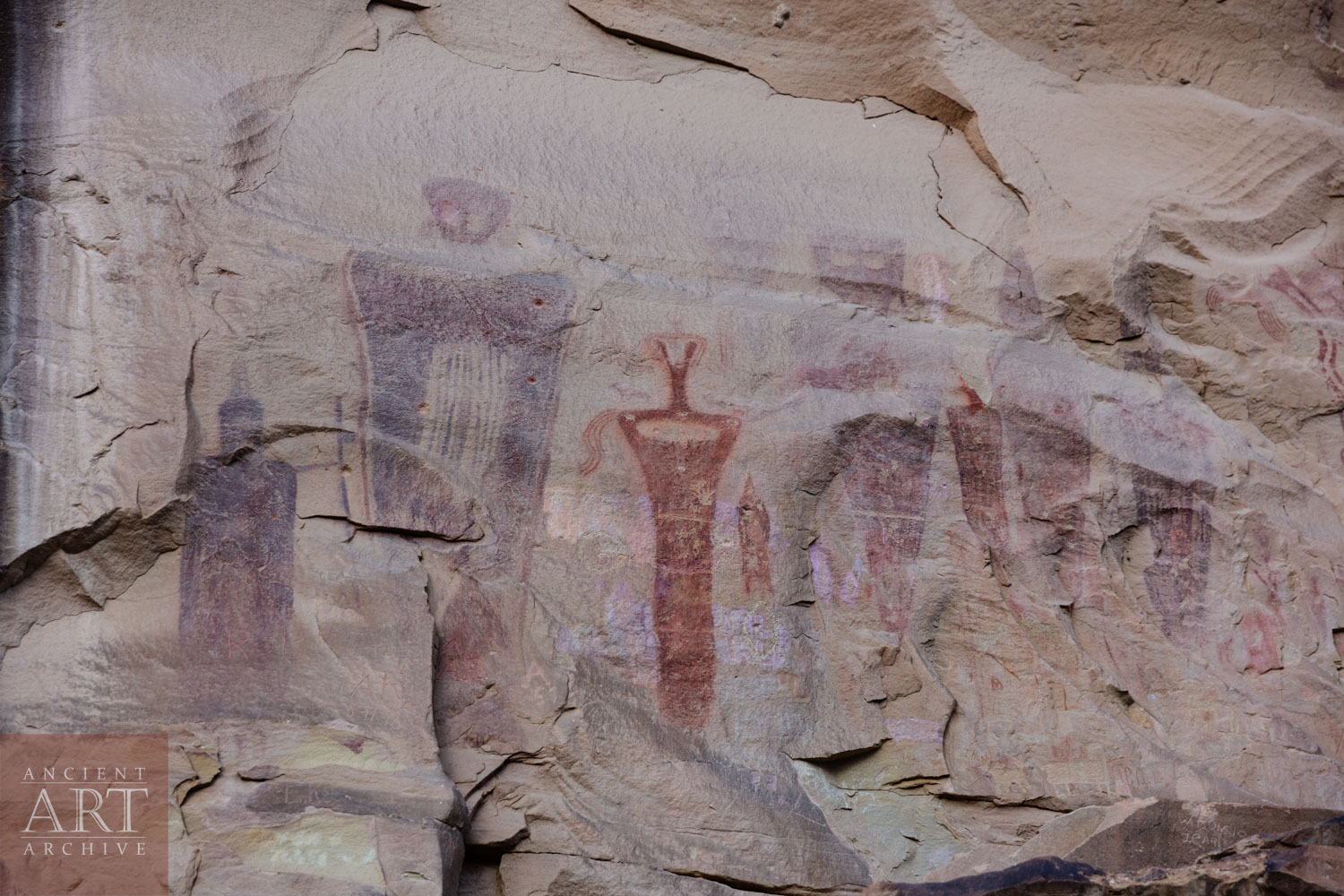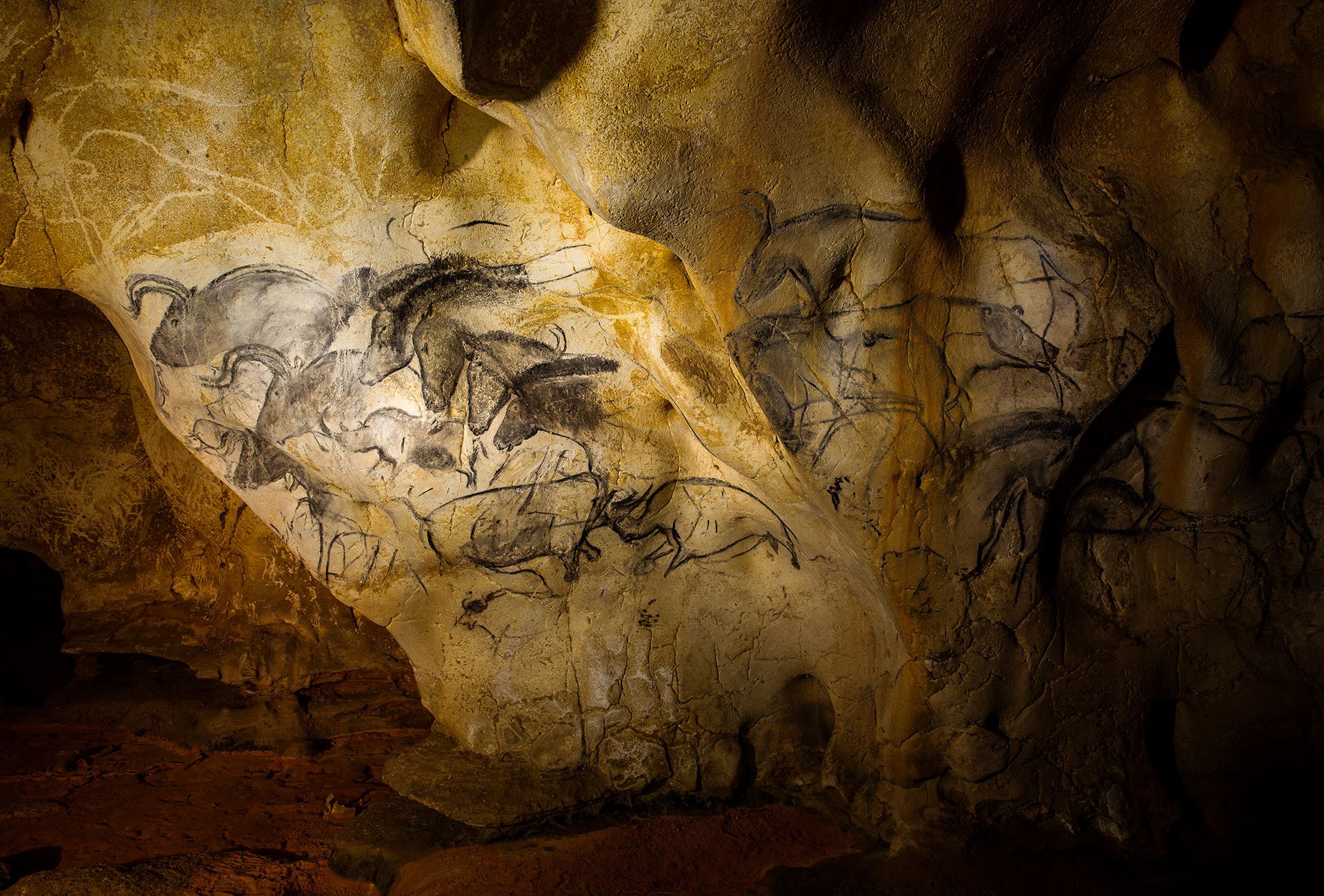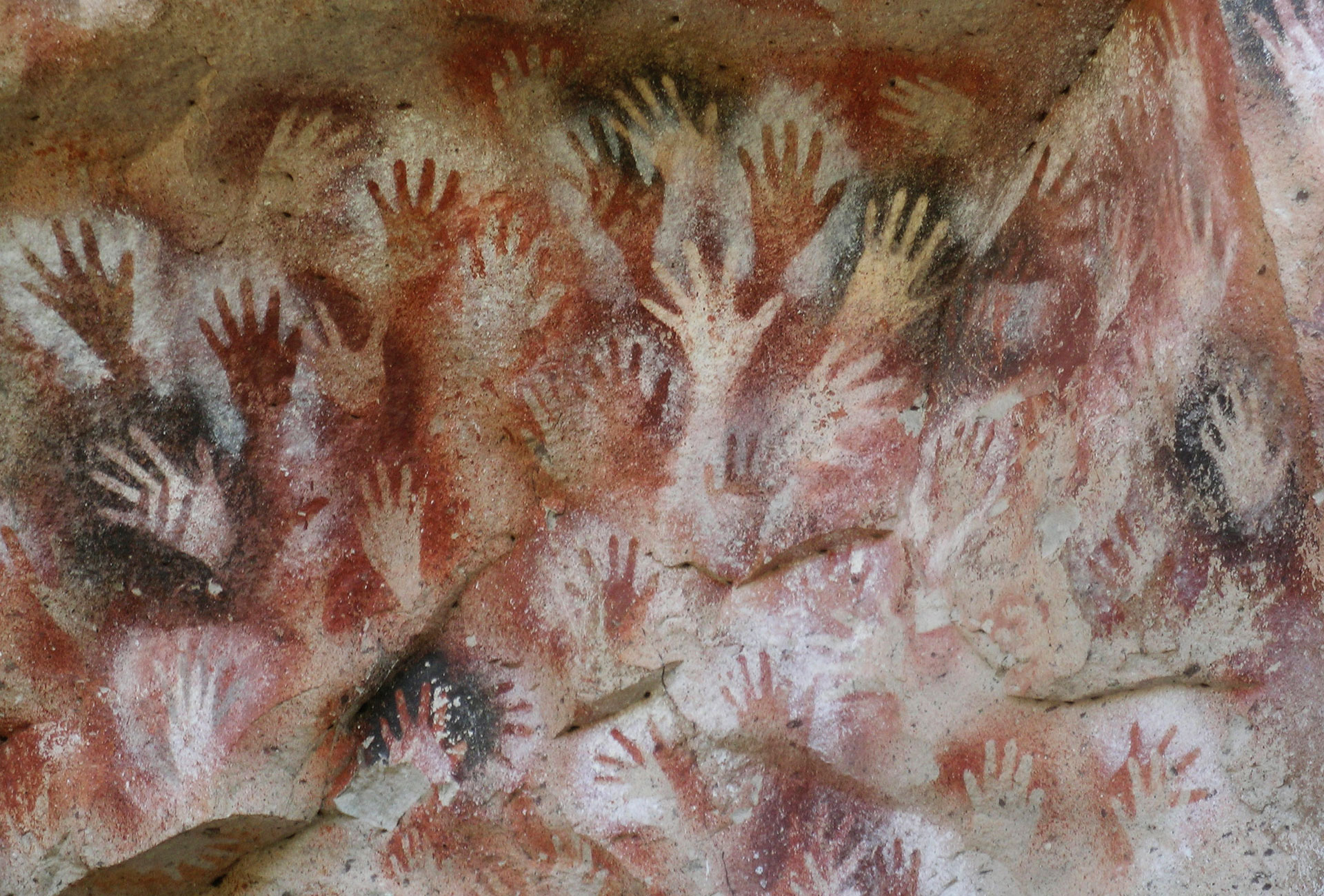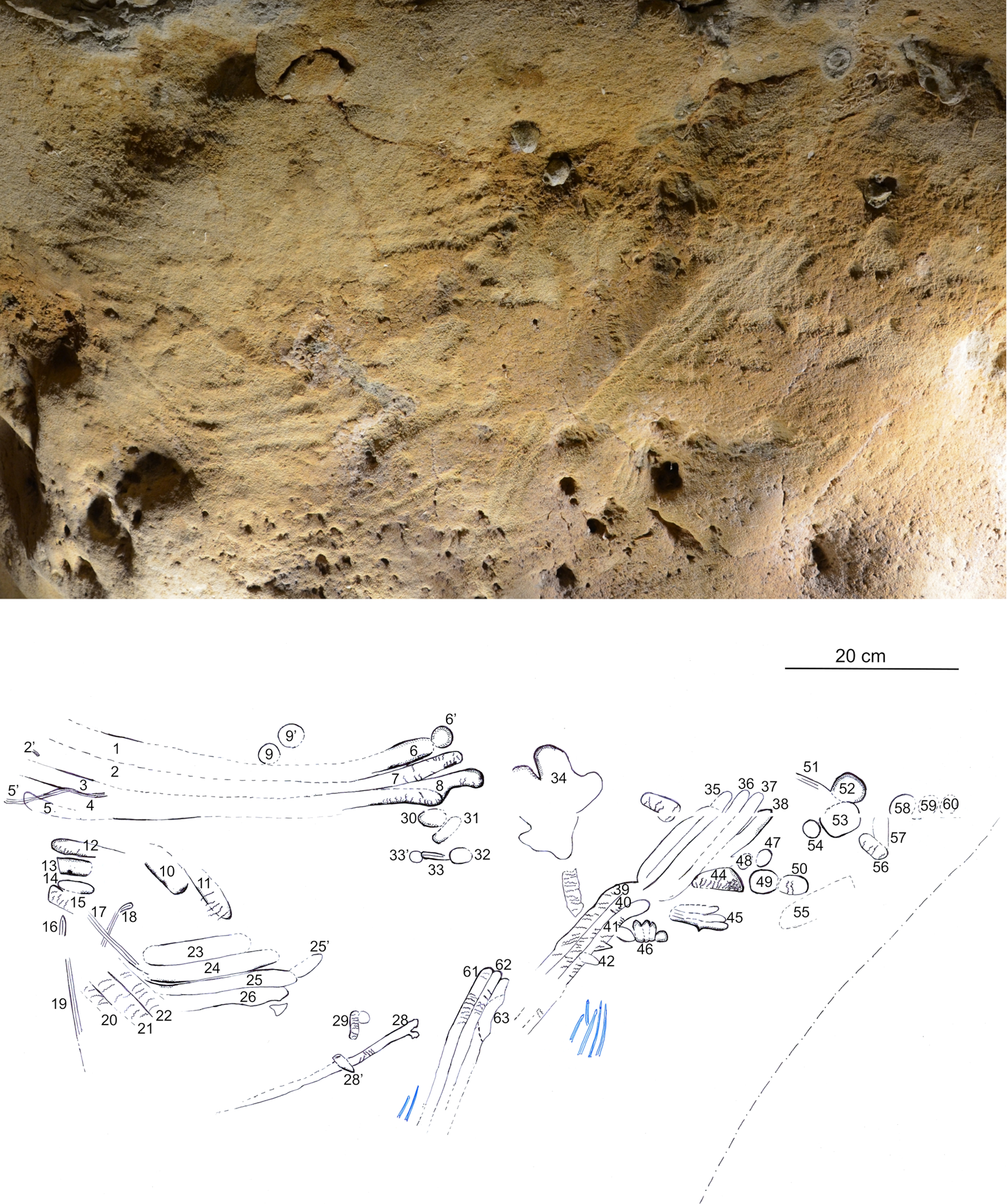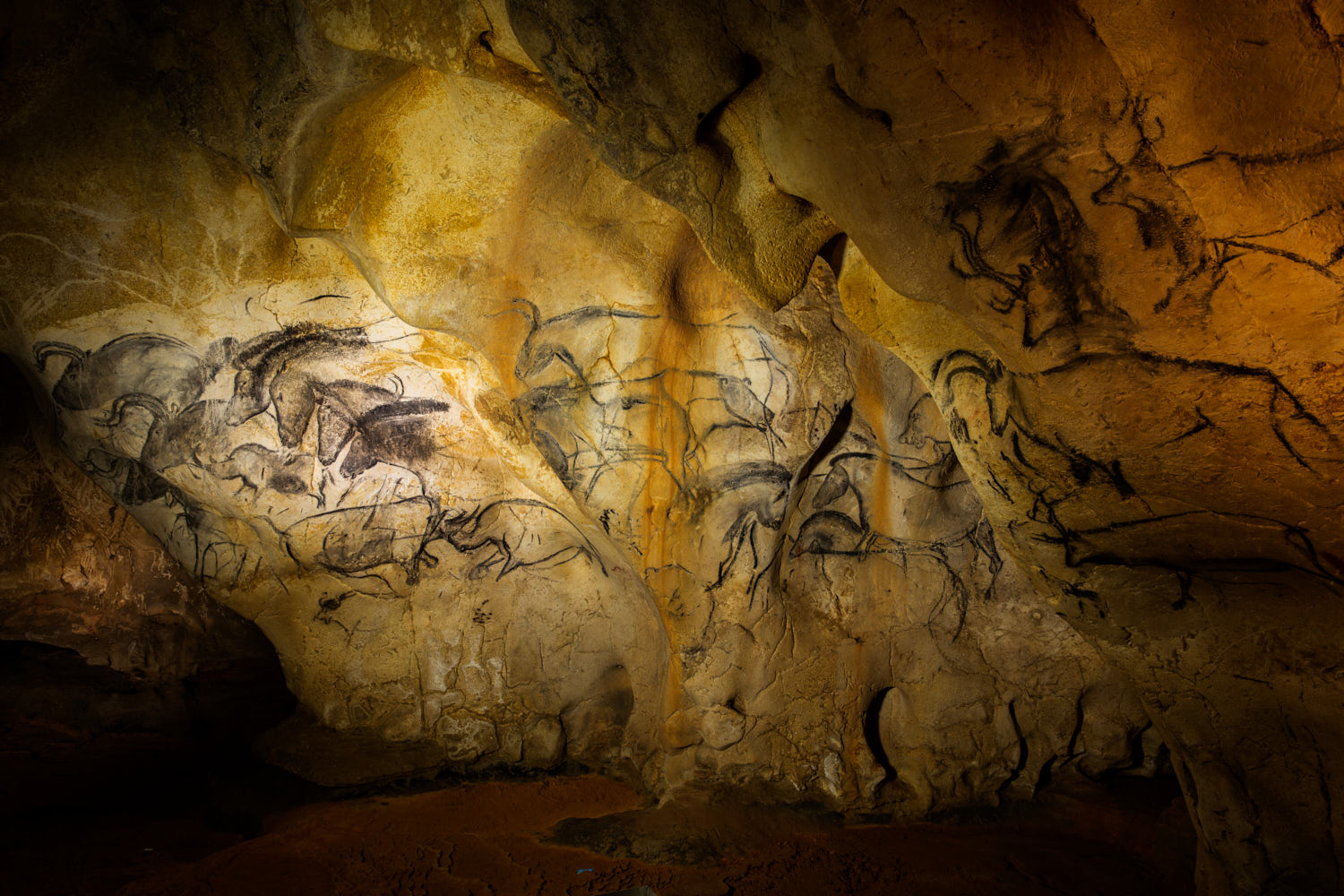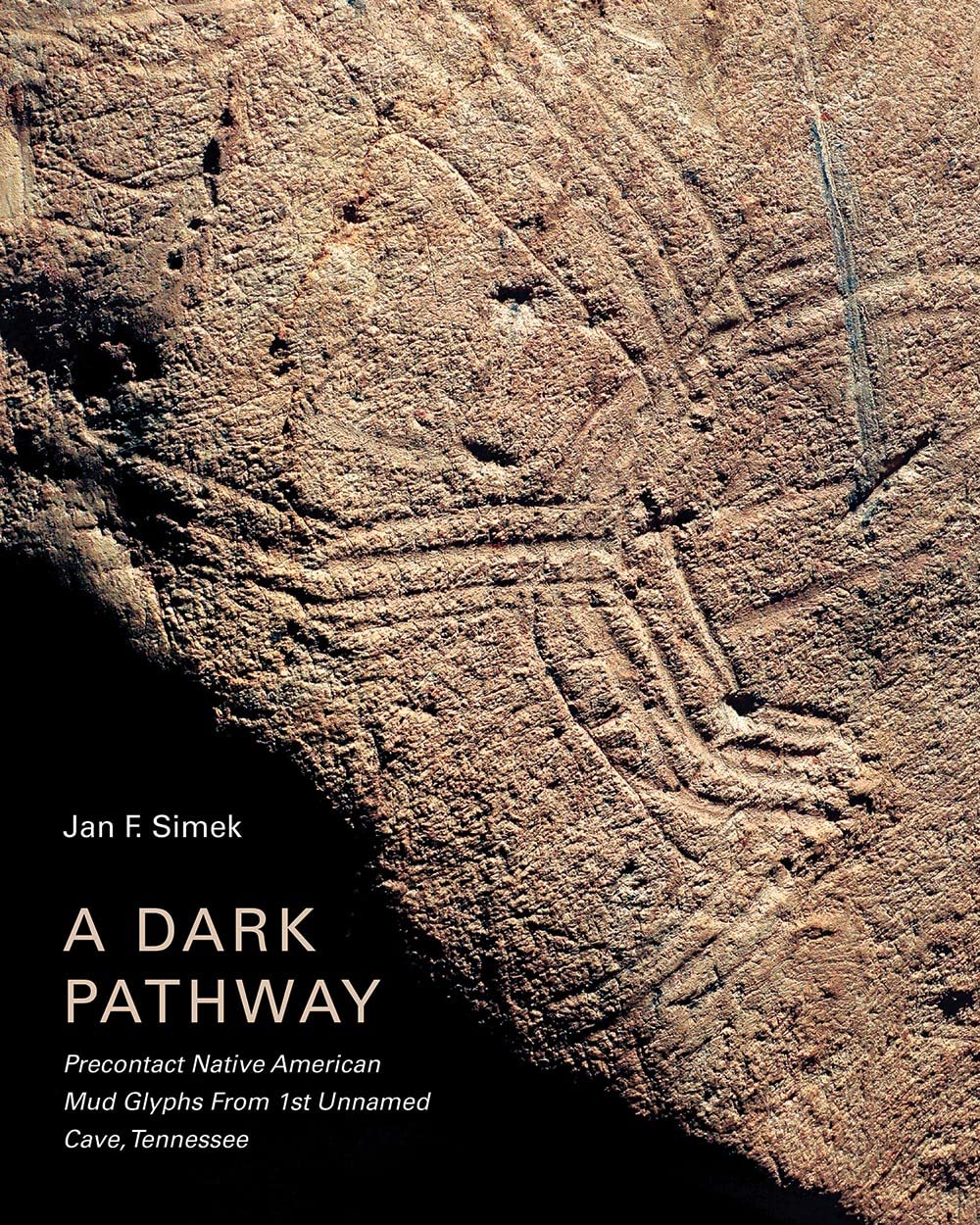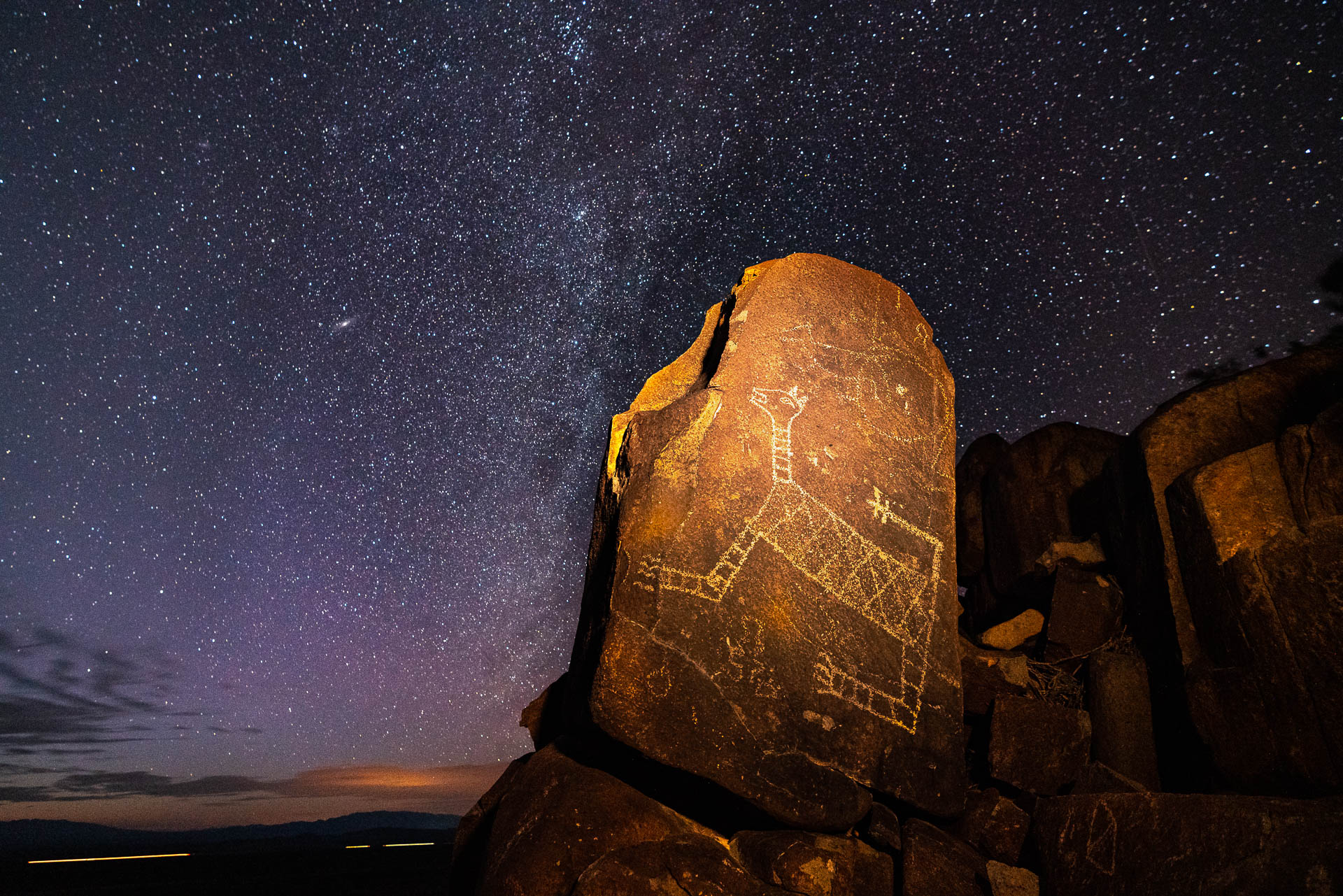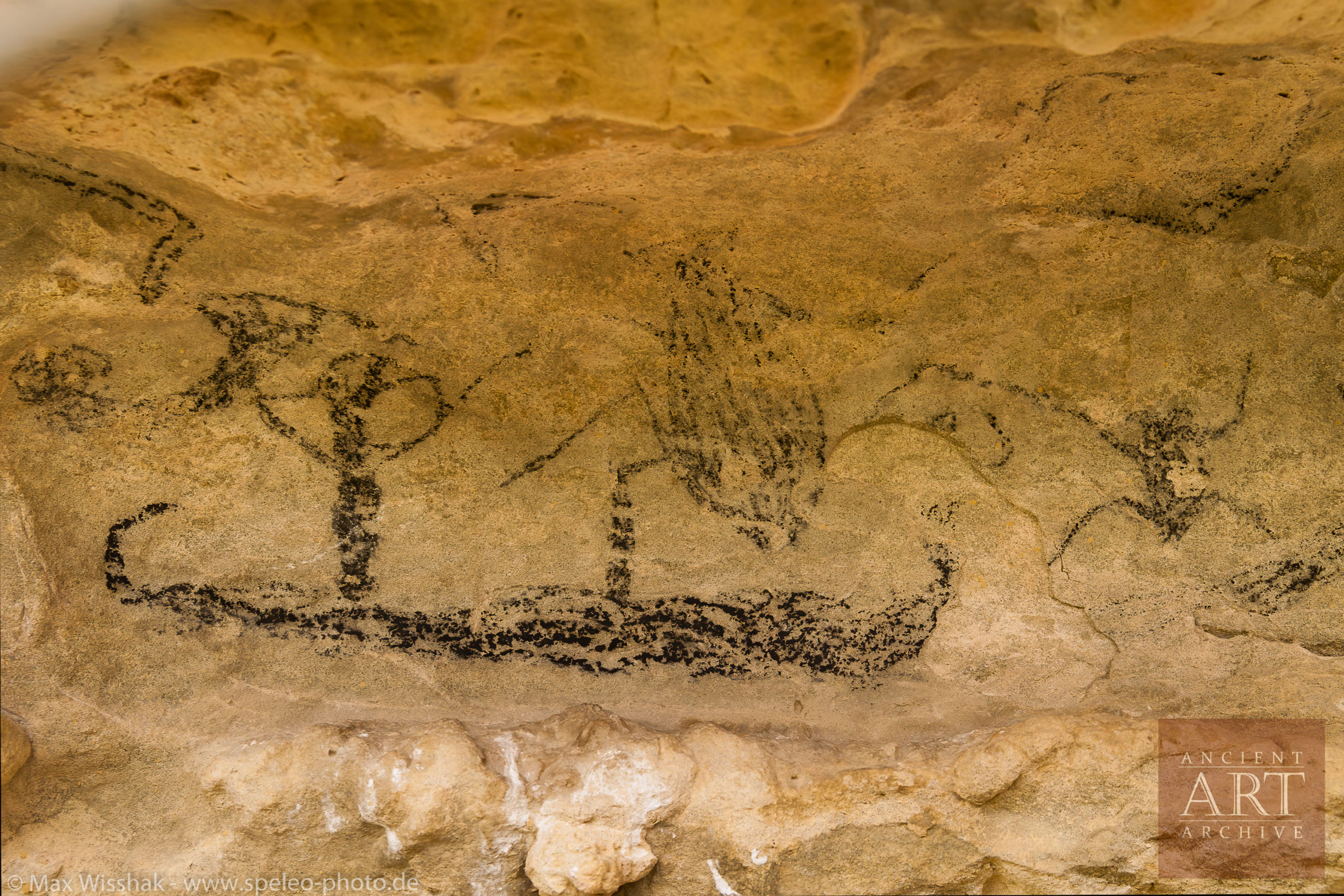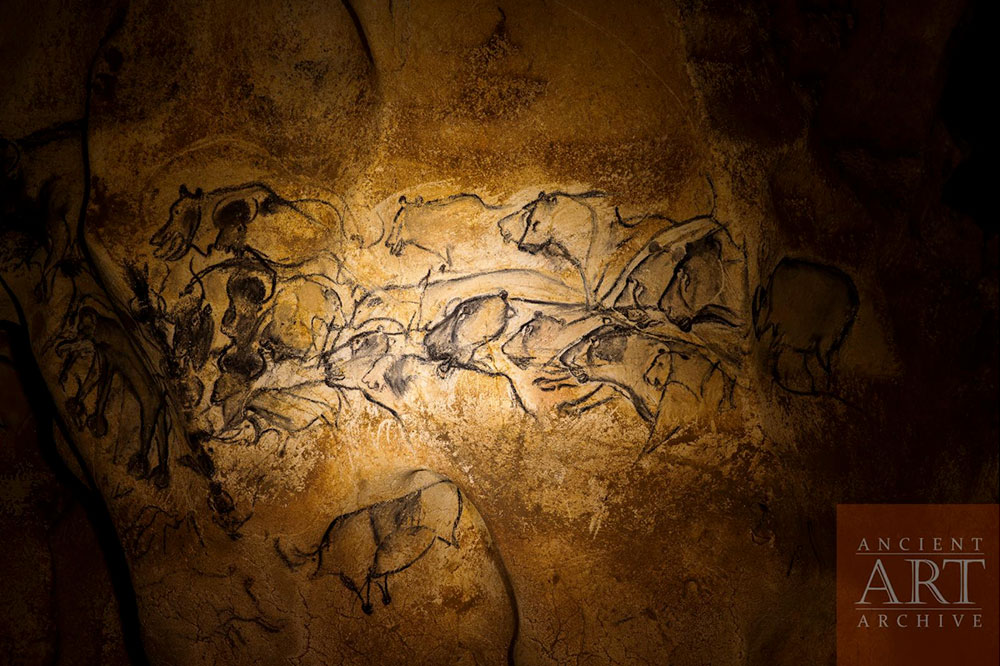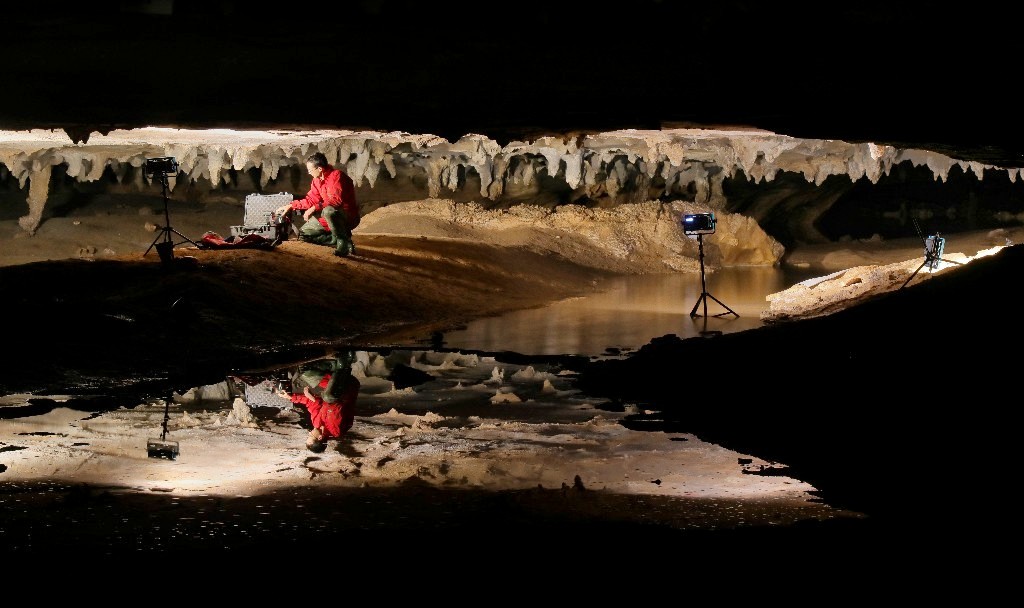Rock Art: 10 places to see it in the United States
||Barrier Canyon Style, cave art, Fremont, geoglyph, Great Basin, Nevada, North America, petroglyph, pictograph, Rock Art, Tennessee, Utah, Wyoming
10 places you can appreciate rock art across the United States. The first 20,000 years of American history are written on the landscape.
